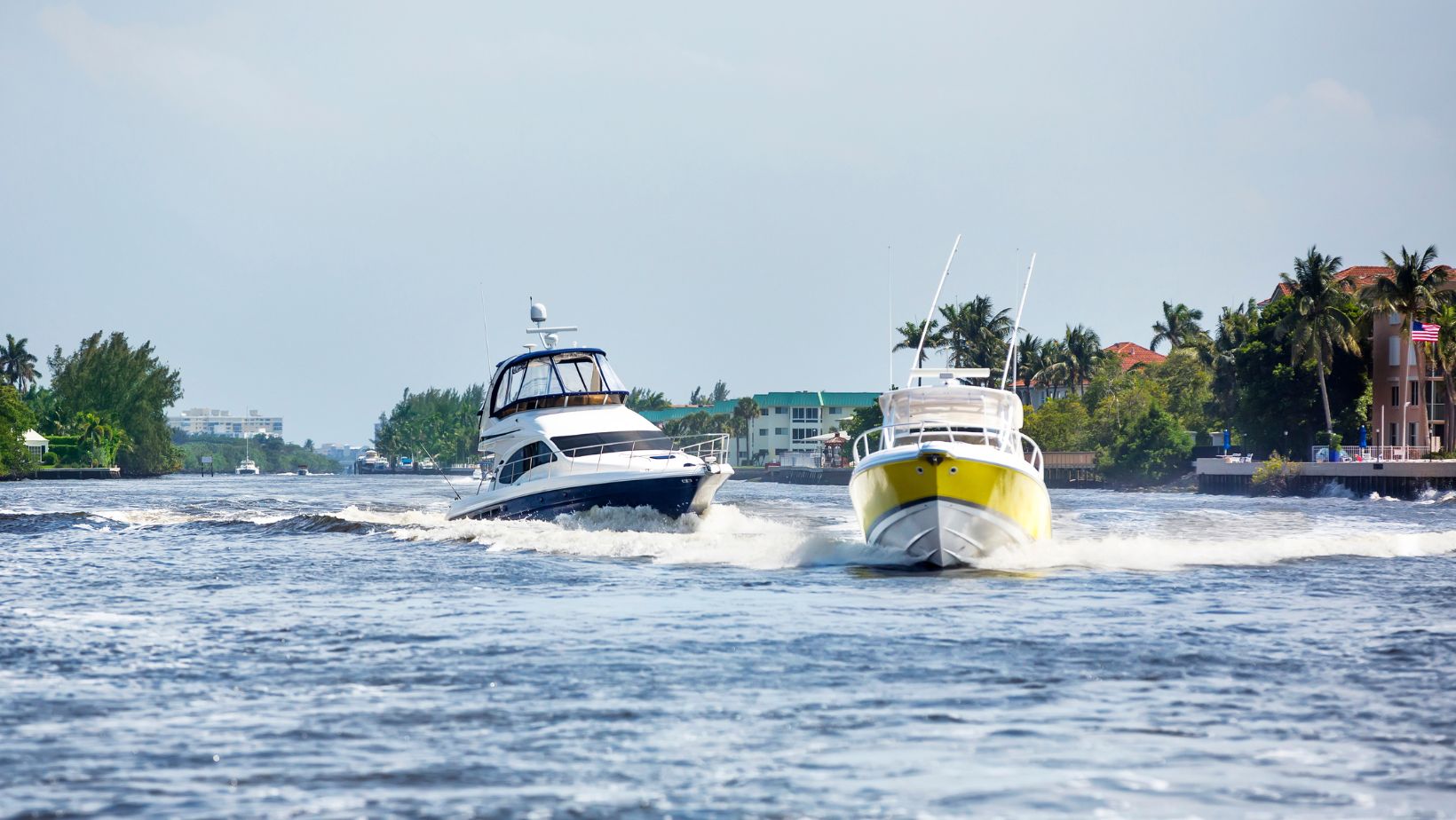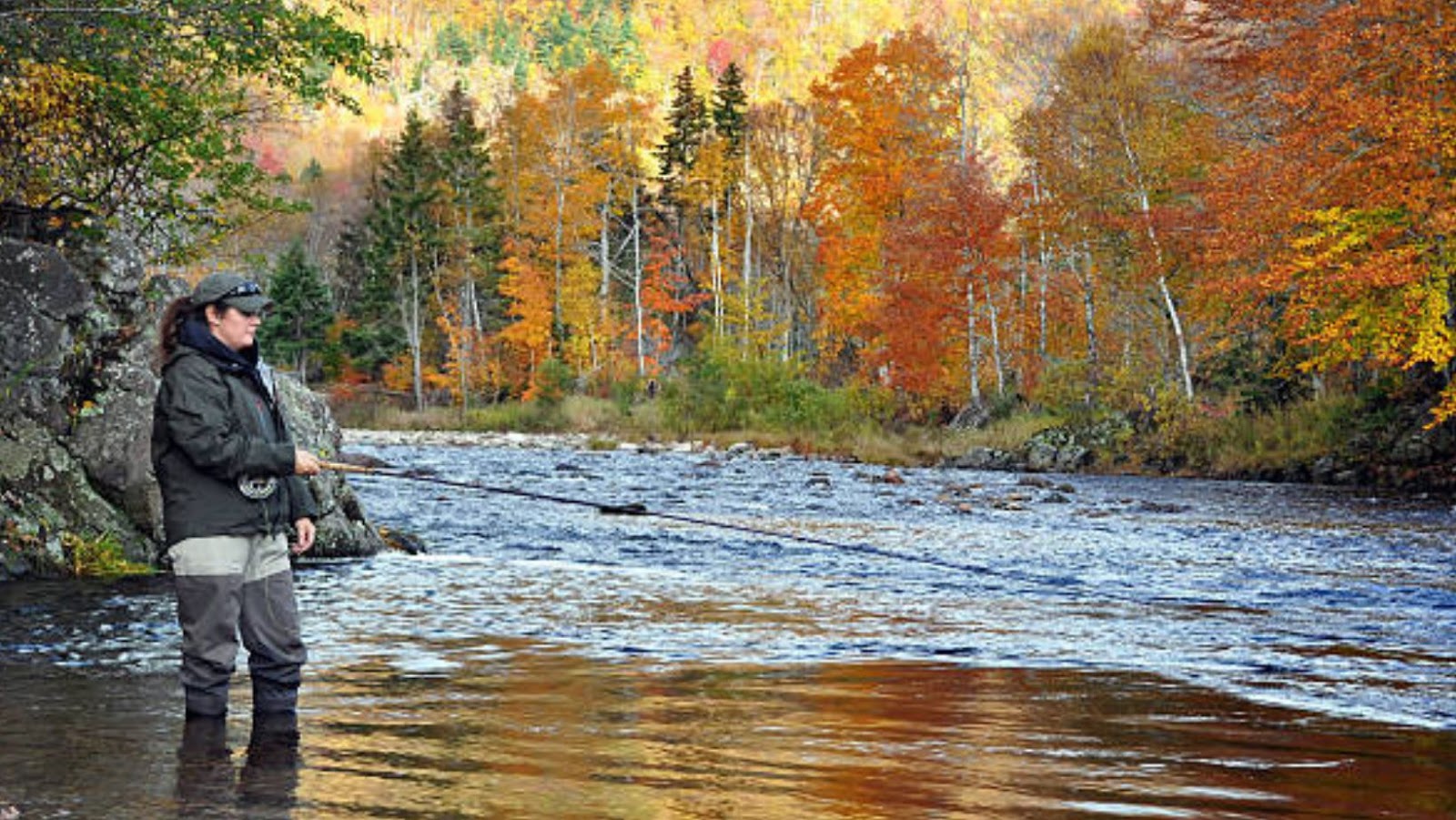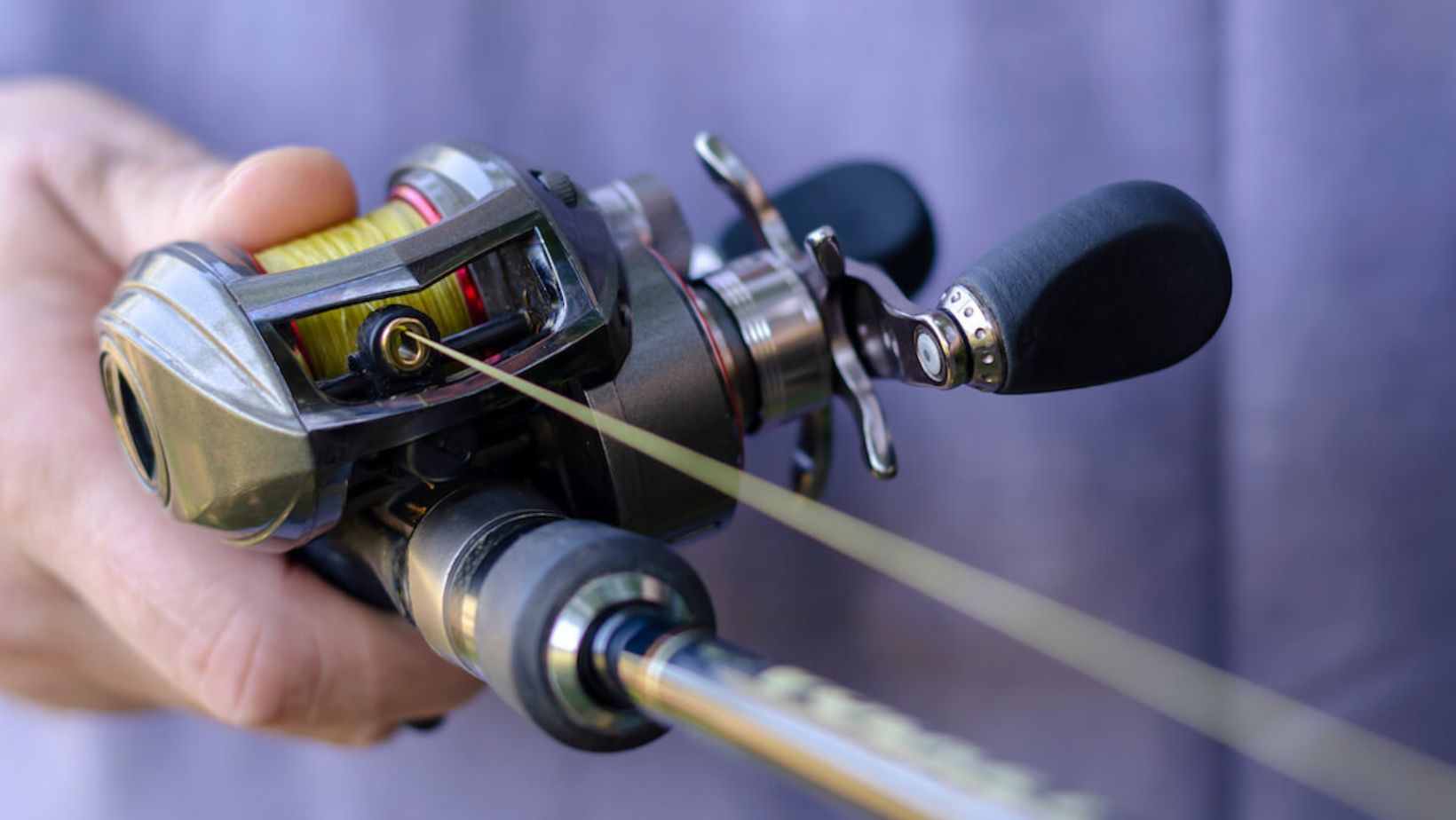Fishing Thunder On The Gulf: Mastering Coastal Angling Adventures
The Gulf Coast, with its shimmering waters and abundant marine life, beckons anglers from all walks of life. When we talk about "fishing thunderonthegulf," we're not just referring to the occasional storm that rolls in; we're encapsulating the sheer power, excitement, and unpredictable thrill of battling a magnificent catch in these legendary waters. It's an experience that combines the raw beauty of nature with the exhilarating challenge of the chase, promising memories that last a lifetime.
From the tranquil bays to the vast open sea, the Gulf offers a diverse range of fishing opportunities, each with its own unique charm and set of challenges. Whether you're a seasoned pro with years of experience under your belt or a curious beginner eager to cast your first line, understanding the nuances of Gulf Coast fishing is key to unlocking its full potential. This comprehensive guide aims to equip you with the knowledge, tips, and insights needed to navigate these waters successfully, ensuring your next angling adventure is nothing short of spectacular.
Table of Contents
- The Allure of Fishing Thunder on the Gulf
- Understanding Gulf Coast Fisheries: Species and Seasons
- Essential Gear for Gulf Coast Angling Success
- Mastering Techniques for Thunderous Catches
- Navigating Regulations and Conservation for Sustainable Fishing
- Beyond the Catch: The Holistic Experience of Gulf Fishing
- Safety First: Preparing for Your Gulf Fishing Expedition
- Embracing the Thunder: Your Next Gulf Coast Adventure Awaits
The Allure of Fishing Thunder on the Gulf
There's a magnetic pull to the Gulf Coast that captivates anglers. It's more than just the promise of a big fish; it's the entire experience. The warm breezes, the salty air, the distant cry of gulls, and the vast expanse of emerald green and sapphire blue waters create an unparalleled backdrop for any fishing excursion. The term "fishing thunderonthegulf" truly embodies the anticipation and excitement that builds as you head out, knowing that at any moment, your line could go taut with the fight of a lifetime. This region is a crucible of biodiversity, supporting an incredible array of fish species, from the hard-fighting red snapper and king mackerel offshore to the elusive speckled trout and redfish in the shallow estuaries.
What makes Gulf fishing so compelling is its dynamic nature. Conditions can change rapidly, and with them, the strategies needed to succeed. This constant evolution keeps anglers on their toes, demanding adaptability and a deep understanding of marine ecosystems. It's a place where every cast holds the potential for a new discovery, where the adventure of exploring a new place is often just as rewarding as the catch itself. The Gulf Coast isn't just a fishing destination; it's a living, breathing challenge that rewards patience, skill, and respect for the natural world.
Understanding Gulf Coast Fisheries: Species and Seasons
To truly master "fishing thunderonthegulf," understanding the local fisheries, their inhabitants, and their seasonal patterns is paramount. The Gulf of Mexico is a vast and varied ecosystem, home to hundreds of species, each with its preferred habitats, feeding behaviors, and peak seasons. Knowing when and where to target specific fish significantly increases your chances of success and ensures a more rewarding experience.
Seasonal Hotspots and Species Targets
Just as salmon fishing is particularly popular from June to September in Astoria, coinciding with the fall Chinook salmon run, the Gulf Coast has its own distinct seasonal rhythms for various species. For instance, spring brings a surge of migratory species closer to shore, including king mackerel, Spanish mackerel, and cobia. As summer progresses, the offshore waters become prime for red snapper, grouper, and amberjack, though strict regulations often dictate the open seasons for these highly sought-after fish. Fall is often considered a prime time for inshore species like redfish and speckled trout, as they become more active with cooler temperatures and prepare for spawning. Winter can offer excellent opportunities for sheepshead and flounder in shallower waters, making it a year-round destination for dedicated anglers.
The key is to align your target species with the optimal time of year. For example, if you're looking for the thrill of a powerful offshore fight, summer is your best bet for species like tuna or wahoo. If you prefer the challenge of sight-casting in the flats, late spring and fall offer ideal conditions for redfish. Information on specific species like walleye, bluegill, crappie, or jumbo catfish, while not native to the Gulf, illustrates the importance of researching local fish populations. For the Gulf, you'll want to focus on species such as redfish, speckled trout, flounder, snook (in southern regions), king mackerel, red snapper, grouper, amberjack, and various shark species.
Family-Friendly Fishing Destinations
The Gulf Coast also excels as a destination for family fishing. Much like fishing in Siletz Bay is a great activity for families, offering both fun and education with its calm waters and easy access, many Gulf locations provide similar ideal conditions for kids. Coastal towns and state parks often feature fishing piers, jetties, and sheltered bay areas that are perfect for beginners and young anglers. These spots provide safe, accessible environments where children can learn the basics of casting, baiting, and reeling in smaller, abundant species like pinfish, croaker, and small snapper. The excitement of even a small catch can ignite a lifelong passion for fishing, making these trips invaluable educational and bonding experiences. Many local guides also offer family-friendly charters, providing all the necessary gear and expertise to ensure a successful and enjoyable outing for everyone.
Essential Gear for Gulf Coast Angling Success
Equipping yourself properly is a fundamental step towards a successful "fishing thunderonthegulf" experience. The type of gear you need will largely depend on your target species and the fishing environment—whether you're casting from a pier, wading in the flats, or heading miles offshore. However, some basic principles apply across the board.
For inshore fishing, a medium-action spinning rod (7-8 feet) paired with a 3000-4000 series reel spooled with 10-20 lb braided line is a versatile setup. This is suitable for targeting redfish, speckled trout, and flounder. You'll need a variety of lures, including soft plastics, topwater plugs, and spoons, as well as live bait options like shrimp, mullet, or pilchards. Terminal tackle should include appropriate leader material (fluorocarbon is preferred for its low visibility), hooks (circle hooks are often mandatory for certain species and sizes), and sinkers.
Offshore fishing demands heavier-duty equipment. A stout conventional or spinning rod (6-7 feet) with a 50-80 lb class reel loaded with 50-100 lb braided line is necessary for battling powerful species like red snapper, grouper, or amberjack. Stronger leaders (80-200 lb monofilament or fluorocarbon), heavy-duty hooks, and substantial weights are essential to get your bait down to the desired depths. Specialized gear like downriggers or electric reels might be used for deep-dropping. Don't forget essential accessories like a sturdy cooler for your catch, a reliable net or gaff, pliers, a cutting board, and a sharp knife. Always check local regulations for specific gear requirements, such as dehooking tools and venting tools for certain species.
Mastering Techniques for Thunderous Catches
The fishing techniques you use in Florence will depend on the type of fish you're targeting and the location, and the same holds true for the Gulf. While fly fishing is a popular method for catching steelhead and trout in some regions, the Gulf Coast offers a broader spectrum of techniques, each suited to different species and conditions. Adapting your approach is crucial for maximizing your chances of a thunderous catch.
Drift Fishing and Other Proven Methods
Drift fishing is a popular method for targeting salmon and steelhead on the Coquille River, involving drifting bait or lures along the bottom of the river, allowing it to move naturally with the current. This technique is highly effective in the Gulf as well, particularly for species like red snapper, grouper, and king mackerel when fishing over reefs or wrecks. By allowing your bait or lure to drift naturally with the current over structure, you present it in a way that mimics an injured or free-swimming prey, enticing strikes from predatory fish. This can be done from a boat, allowing the wind or current to move you across a productive area, or even from a pier or jetty if the current is favorable.
Beyond drift fishing, other common Gulf techniques include:
- Bottom Fishing: Ideal for snapper, grouper, and other reef fish. Involves dropping baited hooks directly to the seafloor.
- Trolling: Effective for pelagic species like king mackerel, Spanish mackerel, tuna, and wahoo. Baits or lures are pulled behind a moving boat.
- Casting and Retrieving: Used extensively inshore for redfish, speckled trout, and flounder with artificial lures.
- Live Baiting: Often the most productive method for many Gulf species, using live shrimp, pilchards, mullet, or pinfish.
- Jigging: Employing jigs (metal, soft plastic, or bucktail) vertically or horizontally to entice strikes, particularly effective for amberjack and some grouper species.
Each technique requires practice and an understanding of fish behavior. Observing local anglers and hiring a reputable guide for your first few trips can provide invaluable insights into the most effective methods for your chosen location and target species.
Engaging with the Angling Community: Events and Tournaments
Numerous fishing events and tournaments are held on the Rogue River throughout the year, offering opportunities to connect with other anglers and test your skills. The Gulf Coast mirrors this vibrant community spirit with a packed calendar of fishing tournaments, derbies, and festivals. Participating in these events is an excellent way to hone your skills, learn new techniques, and immerse yourself in the local fishing culture. From large-scale professional tournaments with significant prizes to smaller, local charity events, there's something for every level of angler.
These events foster camaraderie, allowing you to share stories, tips, and experiences with fellow enthusiasts. They also often contribute to conservation efforts and local economies. Beyond formal tournaments, local bait shops, marinas, and fishing clubs are hubs of information and community. Engaging with these resources can provide up-to-the-minute reports on fishing conditions, hot spots, and effective baits, further enhancing your "fishing thunderonthegulf" adventure.
Navigating Regulations and Conservation for Sustainable Fishing
Fishing in Winchester Bay requires adherence to Oregon's fishing regulations to protect fish populations and ensure sustainable fishing practices. The same strict adherence is critical for "fishing thunderonthegulf." The Gulf of Mexico is a shared resource, and its health depends on responsible angling. Both federal and state regulations govern fishing activities in the Gulf, covering everything from bag limits, size limits, and seasonal closures to gear restrictions and licensing requirements.
These regulations are put in place by agencies like the National Oceanic and Atmospheric Administration (NOAA) Fisheries and various state wildlife and fisheries commissions (e.g., Florida Fish and Wildlife Conservation Commission, Alabama Marine Resources Division, Louisiana Department of Wildlife and Fisheries, etc.). They are dynamic and can change frequently based on scientific assessments of fish stocks. Before every trip, it is imperative to consult the most current regulations for the specific area you plan to fish and for the species you intend to target. Ignorance of the law is not an excuse, and violations can result in significant fines, confiscation of gear, or even imprisonment.
Beyond legal compliance, embracing a conservation mindset is vital. Practicing catch and release for certain species, minimizing bycatch, using appropriate dehooking tools, and properly handling fish you intend to release all contribute to the long-term health of Gulf fisheries. Supporting organizations dedicated to marine conservation and habitat restoration also plays a crucial role in ensuring that future generations can continue to experience the thunderous joy of Gulf Coast fishing.
Beyond the Catch: The Holistic Experience of Gulf Fishing
Most of the time, I enjoy the adventure of exploring a new place just as much as I do fishing it, regardless if the place is a bust, so the quality of the fishing makes up half the value. This sentiment perfectly captures the essence of "fishing thunderonthegulf." While the thrill of reeling in a trophy fish is undeniably a major draw, the overall experience extends far beyond the actual catch. It's about the journey, the connection with nature, and the sense of peace and exhilaration that only being on the water can provide.
The Gulf Coast offers a sensory feast. Imagine the sunrise painting the sky in hues of orange and pink over calm waters, the rhythmic sound of waves against the hull, the sudden splash of a dolphin playing nearby, or the sight of a majestic pelican diving for its meal. These moments, often experienced in solitude or shared with close companions, are what truly enrich the fishing experience. It's an opportunity to disconnect from the demands of daily life and reconnect with the natural world, finding solace and excitement in equal measure. Even on days when the fish aren't biting, the beauty of the surroundings and the sheer joy of being out on the water make the trip worthwhile. It’s an adventure that engages all your senses and leaves you feeling refreshed and invigorated.
Safety First: Preparing for Your Gulf Fishing Expedition
While the allure of "fishing thunderonthegulf" is undeniable, safety must always be your top priority. The Gulf can be unpredictable, and conditions can change rapidly. Proper preparation is not just recommended; it's essential for a safe and enjoyable trip.
Before heading out, especially offshore, always check the marine weather forecast. Pay attention to wind speeds, wave heights, and any advisories for storms or rough seas. Ensure your vessel is in good working order, with all necessary safety equipment on board. This includes:
- Life jackets: One for every person on board, easily accessible.
- VHF radio: For communication with other boats and shore, especially in areas with limited cell service.
- EPIRB or PLB: Emergency Position Indicating Radio Beacon or Personal Locator Beacon for offshore trips, capable of sending a distress signal.
- Flares or other visual distress signals: For signaling in an emergency.
- First-aid kit: Well-stocked for minor injuries and seasickness.
- Navigation tools: GPS, charts, and a compass.
- Anchor and sufficient rode: For holding position or in case of engine trouble.
- Plenty of water and snacks: Staying hydrated is crucial, especially in the Gulf's heat.
- Sun protection: Sunscreen, hats, and protective clothing to prevent sunburn.
Inform someone on shore of your float plan, including your intended destination, estimated return time, and who is with you. If you're chartering a boat, ensure the captain is licensed and experienced, and that the vessel meets all safety standards. For shore-based fishing, be aware of your surroundings, especially tides and currents, and avoid slippery surfaces. By taking these precautions, you can focus on the thrill of the catch, knowing you've minimized potential risks.
Embracing the Thunder: Your Next Gulf Coast Adventure Awaits
This guide has covered everything you need to know about fishing in Waldport, including the best fishing spots, types of fish available, fishing seasons, gear recommendations, and local regulations. Similarly, we've explored the multifaceted world of "fishing thunderonthegulf." From understanding the seasonal movements of prized species to mastering diverse angling techniques, and from adhering to crucial conservation regulations to prioritizing safety, every aspect contributes to a truly memorable experience. The Gulf Coast offers an unparalleled canvas for anglers, promising not just fish, but an adventure that enriches the soul.
The thunder isn't just in the powerful strike of a marlin or the relentless pull of a grouper; it's in the raw energy of the Gulf itself, the vibrant community of anglers, and the personal triumphs and quiet moments of reflection found on the water. So, gather your gear, check the forecast, and prepare to embark on an unforgettable journey. The Gulf Coast is calling, ready to deliver its unique brand of angling excitement. Share your stories, connect with fellow enthusiasts, and let the thrill of "fishing thunderonthegulf" become a cherished part of your angling legacy. What thunderous catch will you chase next?

Navigating the Waters: A Comprehensive Guide to Essential Fishing Gear

Introduction to Fly Fishing - thunderonthegulf .com

Braided Fishing Line: The Ultimate Guide - thunderonthegulf .com